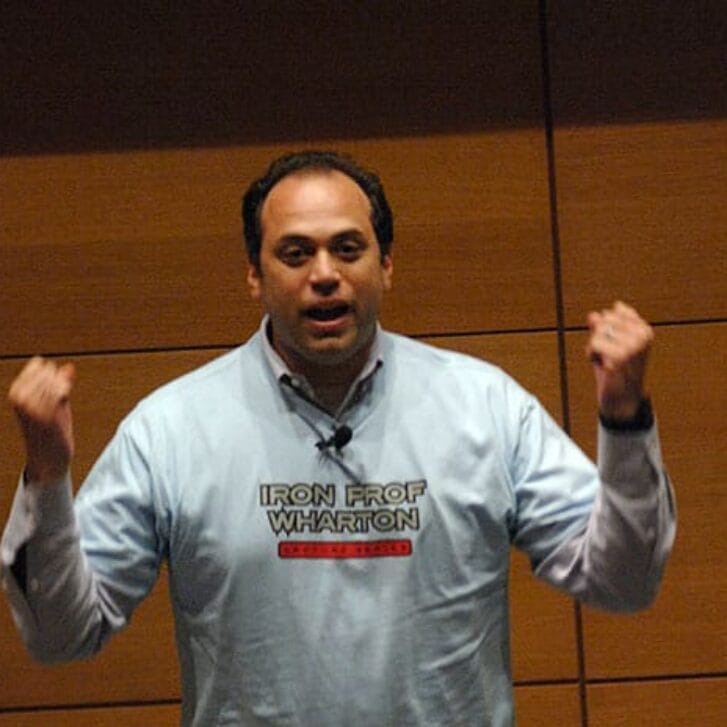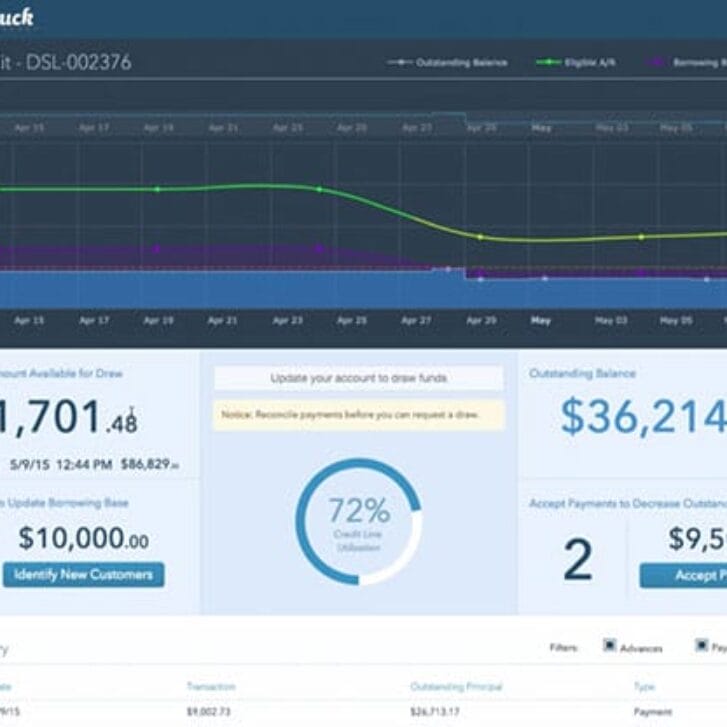As venture director at SeedInvest, I see firsthand the influence the sharing economy is having on the startup ecosystem. Whether I’m reading a headline about the latest record-setting valuation from Uber or reviewing the deck of the next, new startup, it’s clear that the impact of the sharing-based economy is great in both its breadth and depth. One of the more notable examples of the rise in the sharing economy is the phenomenon of crowdfunding, where individuals pool their capital to support an entrepreneur’s project or company. Successful Kickstarter campaigns to fund creative projects such as Oculus Rift, a virtual reality headset for immersive gaming, have brought heightened attention to the space, yet there is still considerable confusion regarding the different types of crowdfunding.
For an aspiring entrepreneur, there are three distinct crowdfunding steps to consider for your latest startup funding round:
Startup Funding Step 1: Donation Crowdfunding
Donation-based crowdfunding platforms such as GoFundMe allow a creative entrepreneur to bring together lots of small backers in one place. Unlike other forms of crowdfunding, backers get nothing in return for their investments other than the satisfaction of seeing the entrepreneur’s idea come to fruition. Because of this, donation-based crowdfunding is great for community projects and charity fundraising.
The key to startup funding success on these platforms is to tell a compelling story about the founders and to get your offline network excited about the project. This will secure crucial early momentum as your closest connections become your early backers and help spread the word outside of your immediate network.
Startup Funding Step 2: Rewards Crowdfunding
Rewards-based crowdfunding allows an entrepreneur to provide different levels of rewards to the backers that contribute to their campaign. For example, you can provide small backers with a product sample and large backers with the full product and multiple behind-the-scenes benefits.
Rewards-based crowdfunding is a great way for startups to validate the market demand for their product by pre-selling units to make it worth beginning production or, in true lean startup fashion, create a “MVP” (minimum viable product). The key to startup funding success on these platforms, such as Kickstarter, is to galvanize a larger community by telling the story of the product and the value that it delivers for users.
Startup Funding Step 3: Equity Crowdfunding
Equity-based crowdfunding allows an entrepreneur to accept investments from multiple investors while offering shares in the company. Unlike donation and rewards based crowdfunding, investors participating in equity crowdfunding must be accredited, meaning they make over $200,000 a year or have over $1 million in net assets. These investors not only provide a source of capital in a startup’s early lifecycle but also can become brand ambassadors or advisers by lending their professional experiences and skill sets to help grow the company.
Entrepreneurs can take advantage of equity crowdfunding for startup funding through platforms such as SeedInvest, which connect startups with potential accredited investors they may not have met fundraising solely via traditional methods, such as friends or family or through angel investors. Early-stage companies that have generated a track record of success and need additional capital to expand and accelerate their growth should consider equity crowdfunding. To succeed with online capital raising, you need all the networking expertise from donation crowdfunding and the marketing prowess from rewards crowdfunding, combined with the financial skills needed to raise venture capital.
The sharing economy has transformed the way we drive, the way we vacation and now the way we raise funds for companies. By understanding the key distinctions between the various forms of crowdfunding, investors and entrepreneurs can better determine where they wish to place and seek their capital.


























